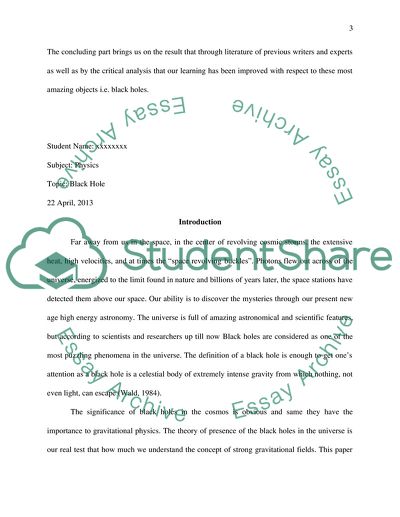Cite this document
(“Black holes Essay Example | Topics and Well Written Essays - 3500 words”, n.d.)
Black holes Essay Example | Topics and Well Written Essays - 3500 words. Retrieved from https://studentshare.org/physics/1617027-black-holes
Black holes Essay Example | Topics and Well Written Essays - 3500 words. Retrieved from https://studentshare.org/physics/1617027-black-holes
(Black Holes Essay Example | Topics and Well Written Essays - 3500 Words)
Black Holes Essay Example | Topics and Well Written Essays - 3500 Words. https://studentshare.org/physics/1617027-black-holes.
Black Holes Essay Example | Topics and Well Written Essays - 3500 Words. https://studentshare.org/physics/1617027-black-holes.
“Black Holes Essay Example | Topics and Well Written Essays - 3500 Words”, n.d. https://studentshare.org/physics/1617027-black-holes.


